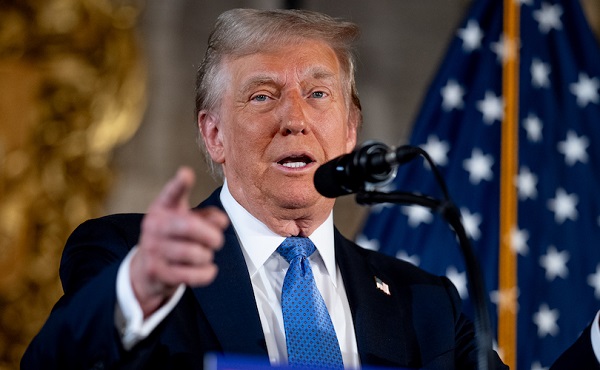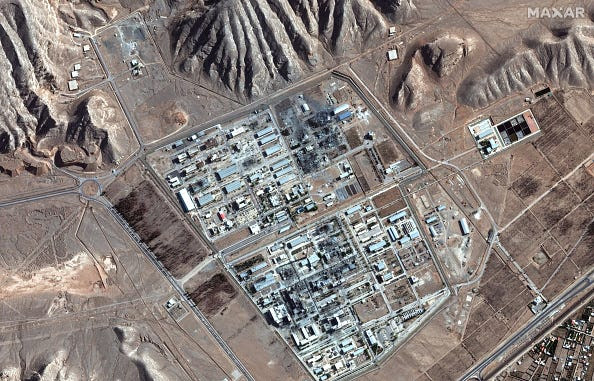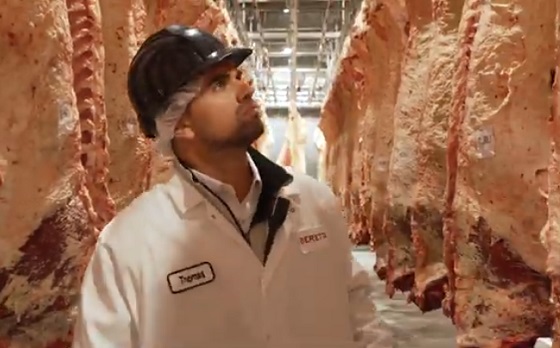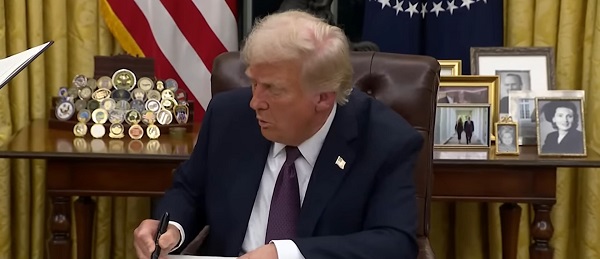Business
Justin Trudeau’s legacy—record-high spending and massive debt

From the Fraser Institute
By Jake Fuss and Grady Munro
On Monday, after weeks of turmoil and speculation, Prime Minister Justin Trudeau told Canadians he’ll resign after the Liberal Party choses a new leader. There will be much talk about Trudeau’s legacy, but the modern Trudeau era was distinguished—among other things—by unprecedented levels of government spending.
The numbers don’t lie.
For example, from 2018 to 2023 Justin Trudeau recorded the six-highest levels of spending (on a per-person basis, after adjusting for inflation) in Canadian history, even after excluding emergency spending during the pandemic. For context, that means the Trudeau government spent more per person during those six years than the federal government spent during the Great Depression, both world wars and the height of the Global Financial Crisis in 2008-09.
Unsurprisingly, the Trudeau government was unable to balance the budget during his nine years in power. After first being elected in 2015, Trudeau promised to balance the budget by 2019—then ran nine consecutive deficits including an astonishing $61.9 billion deficit for the 2023/24 fiscal year, the largest deficit of any year outside of COVID.
The result? Historically high levels of government debt compared to previous prime ministers. From 2020 to 2023, the government racked up the four highest years of total federal debt per person (inflation-adjusted) in Canadian history. Compared to 2014/15 (the last full year under Prime Minister Harper), federal debt per person had increased by $14,127 (as of 2023/24).
While a portion of this debt accumulation took place during the pandemic, a sizable chunk of federal COVID-related spending was wasteful. And federal debt increased significantly before, during and after the pandemic. In short, you can’t blame COVID for the Trudeau government’s wild spending and borrowing spree.
This fiscal record, marked by record-high levels, defines Prime Minister Trudeau’s fiscal legacy, which will burden Canadians for years to come. Spending-driven deficits and debt accumulation impose costs on Canadians—largely in the form of higher debt interest costs, which will hit $53.7 billion in 2024/25 or $1,301 per person. That’s more than all revenue collected via the federal GST.
And because government borrowing pushes the responsibility of paying for today’s spending into the future, today’s debt burden will fall disproportionately on younger generations of Canadians who will face higher taxes to finance today’s borrowing. And a growing tax burden (due to debt accumulation) can hurt future economic performance and the country’s ability to compete with other jurisdictions worldwide for business investment and high-skilled workers.
Under Trudeau, Canada has had an abysmal investment record. From 2014 to 2022 (the latest year of available data), inflation-adjusted total business investment (in plants, machinery, equipment and new technologies but excluding residential construction) in Canada declined by $34 billion. During the same period, after adjusting for inflation, business investment declined by $3,748 per worker—from $20,264 per worker in 2014 to $16,515 per worker in 2022. Due in part to Canada’s collapsing business investment, incomes and living standards have stagnated in recent years.
At the same time, Trudeau raised taxes on top-earners who help drive job-creation and prosperity across the income spectrum, and increased the tax burden on middle-class Canadians. Indeed, 86 per cent of middle-income Canadian families pay more in taxes than they did in 2015.
After approximately a decade in office, Prime Minister Justin Trudeau is stepping down. In his wake, he leaves behind a record of unprecedented spending, a mountain of debt, and higher taxes. It’s no wonder many Canadians are looking for change.
Business
Trump confirms 35% tariff on Canada, warns more could come

Quick Hit:
President Trump on Thursday confirmed a sweeping new 35% tariff on Canadian imports starting August 1, citing Canada’s failure to curb fentanyl trafficking and retaliatory trade actions.
Key Details:
- In a letter to Canadian Prime Minister Mark Carney, Trump said the new 35% levy is in response to Canada’s “financial retaliation” and its inability to stop fentanyl from reaching the U.S.
- Trump emphasized that Canadian businesses that relocate manufacturing to the U.S. will be exempt and promised expedited approvals for such moves.
- The administration has already notified 23 countries of impending tariffs following the expiration of a 90-day negotiation window under Trump’s “Liberation Day” trade policy.
Diving Deeper:
President Trump escalated his tariff strategy on Thursday, formally announcing a 35% duty on all Canadian imports effective August 1. The move follows what Trump described as a breakdown in trade cooperation and a failure by Canada to address its role in the U.S. fentanyl crisis.
“It is a Great Honor for me to send you this letter in that it demonstrates the strength and commitment of our Trading Relationship,” Trump wrote to Prime Minister Mark Carney. He added that the tariff response comes after Canada “financially retaliated” against the U.S. rather than working to resolve the flow of fentanyl across the northern border.
Trump’s letter made clear the tariff will apply broadly, separate from any existing sector-specific levies, and included a warning that “goods transshipped to evade this higher Tariff will be subject to that higher Tariff.” The president also hinted that further retaliation from Canada could push rates even higher.
However, Trump left the door open for possible revisions. “If Canada works with me to stop the flow of Fentanyl, we will, perhaps, consider an adjustment to this letter,” he said, adding that tariffs “may be modified, upward or downward, depending on our relationship.”
Canadian companies that move operations to the U.S. would be exempt, Trump said, noting his administration “will do everything possible to get approvals quickly, professionally, and routinely — In other words, in a matter of weeks.”
The U.S. traded over $762 billion in goods with Canada in 2024, with a trade deficit of $63.3 billion, a figure Trump called a “major threat” to both the economy and national security.
Speaking with NBC News on Thursday, Trump suggested even broader tariff hikes are coming, floating the idea of a 15% or 20% blanket rate on all imports. “We’re just going to say all of the remaining countries are going to pay,” he told Meet the Press moderator Kristen Welker, adding that “the tariffs have been very well-received” and noting that the stock market had hit new highs that day.
The Canadian announcement is part of a broader global tariff rollout. In recent days, Trump has notified at least 23 countries of new levies and revealed a separate 50% tariff on copper imports.
“Not everybody has to get a letter,” Trump said when asked if other leaders would be formally notified. “You know that. We’re just setting our tariffs.”
Business
Trump slaps Brazil with tariffs over social media censorship

From LifeSiteNews
By Dan Frieth
In his letter dated July 9, 2025, addressed to President Luiz Inácio Lula da Silva, Trump ties new U.S. trade measures directly to Brazilian censorship.
U.S. President Donald Trump has launched a fierce rebuke of Brazil’s moves to silence American-run social media platforms, particularly Rumble and X.
In his letter dated July 9, 2025, addressed to President Luiz Inácio Lula da Silva, Trump ties new U.S. trade measures directly to Brazilian censorship.
He calls attention to “SECRET and UNLAWFUL Censorship Orders to U.S. Social Media platforms,” pointing out that Brazil’s Supreme Court has been “threatening them with Millions of Dollars in Fines and Eviction from the Brazilian Social Media market.”


Trump warns that these actions are “due in part to Brazil’s insidious attacks on Free Elections, and the fundamental Free Speech Rights of Americans,” and states: “starting on August 1, 2025, we will charge Brazil a Tariff of 50% on any and all Brazilian products sent into the United States, separate from all Sectoral Tariffs.” He also adds that “Goods transshipped to evade this 50% Tariff will be subject to that higher Tariff.”
Brazil’s crackdown has targeted Rumble after it refused to comply with orders to block the account of Allan dos Santos, a Brazilian streamer living in the United States.
On February 21, 2025, Justice Alexandre de Moraes ordered Rumble’s suspension for non‑compliance, saying it failed “to comply with court orders.”
Earlier, from August to October 2024, Moraes had similarly ordered a nationwide block on X.
The court directed ISPs to suspend access and imposed fines after the platform refused to designate a legal representative and remove certain accounts.
Elon Musk responded: “Free speech is the bedrock of democracy and an unelected pseudo‑judge in Brazil is destroying it for political purposes.”
By linking censorship actions, particularly those targeting Rumble and X, to U.S. trade policy, Trump’s letter asserts that Brazil’s judiciary has moved into the arena of foreign policy and economic consequences.
The tariffs, he makes clear, are meant, at least in part, as a response to Brazil’s suppression of American free speech.
Trump’s decision to impose tariffs on Brazil for censoring American platforms may also serve as a clear signal to the European Union, which is advancing similar regulatory efforts under the guise of “disinformation” and “online safety.”
With the EU’s Digital Services Act and proposed “hate speech” legislation expanding government authority over content moderation, American companies face mounting pressure to comply with vague and sweeping takedown demands.
By framing censorship as a violation of U.S. free speech rights and linking it to trade consequences, Trump is effectively warning that any foreign attempt to suppress American voices or platforms could trigger similar economic retaliation.
Reprinted with permission from Reclaim The Net.
-

 Business2 days ago
Business2 days agoWEF-linked Linda Yaccarino to step down as CEO of X
-

 Automotive2 days ago
Automotive2 days agoAmerica’s EV Industry Must Now Compete On A Level Playing Field
-

 Business2 days ago
Business2 days ago‘Experts’ Warned Free Markets Would Ruin Argentina — Looks Like They Were Dead Wrong
-

 International2 days ago
International2 days agoSecret Service suspends six agents nearly a year after Trump assassination attempt
-

 Alberta1 day ago
Alberta1 day agoFourteen regional advisory councils will shape health care planning and delivery in Alberta
-

 Alberta1 day ago
Alberta1 day agoAlberta school boards required to meet new standards for school library materials with regard to sexual content
-

 Business1 day ago
Business1 day agoCarney government should recognize that private sector drives Canada’s economy
-

 Bruce Dowbiggin1 day ago
Bruce Dowbiggin1 day agoThe Covid 19 Disaster: When Do We Get The Apologies?






